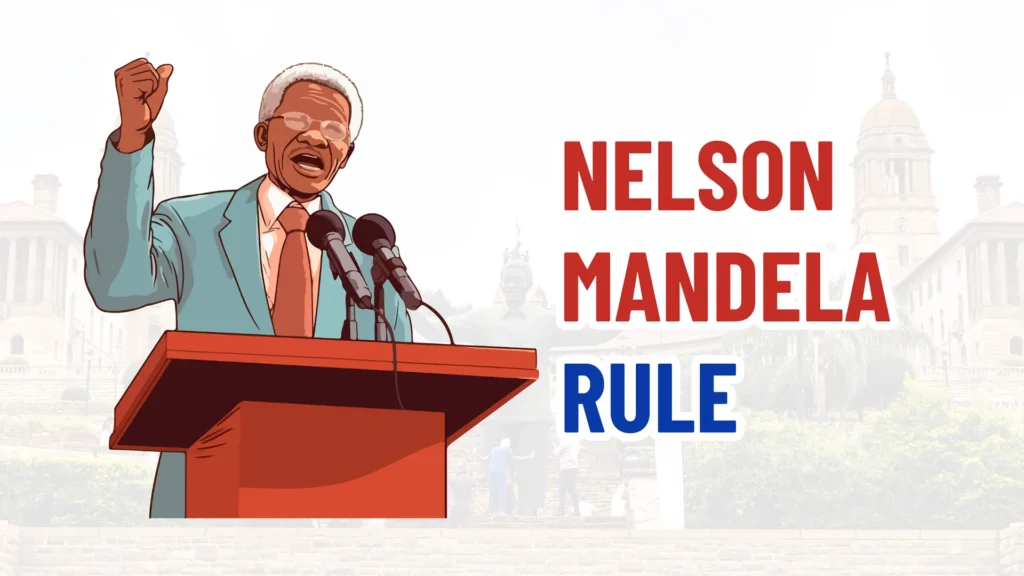Table of Contents

Background:
- The Universal Declaration of Human Rights (1948) implicitly covered prisoners’ rights, including the prohibition of torture and the right to a fair trial.
- In 1955, the First United Nations Congress on the Prevention of Crime and the Treatment of Offenders adopted the Standard Minimum Rules for the Treatment of Prisoners.
- In 2015, the United Nations General Assembly expanded these rules, naming them the “Nelson Mandela Rules” in honor of Nelson Mandela, one of the most celebrated prisoners of the twentieth century.
Key Principles:
- Treat all prisoners with respect for their inherent dignity and value as human beings.
- Prohibit torture and other forms of ill-treatment.
- Provide detailed guidance on various issues, including disciplinary measures and medical services.
- For example, the rules prohibit reducing a prisoner’s food or water and using degrading restraints like chains or irons.
- Solitary confinement is restricted to exceptional circumstances.
Mandela’s Impact:
- Mandela himself experienced solitary confinement during his imprisonment on Robben Island in South Africa.
- His civil disobedience movement led to better conditions for inmates.
- His autobiography, Long Walk to Freedom, describes the challenges he faced and the improvements achieved.
These rules outline minimum prison conditions, provide guidance, and uphold safety, security, and human dignity for prisoners in the 21st century.
For the complete text of the Nelson Mandela Rules, you can refer to the official UN document.


